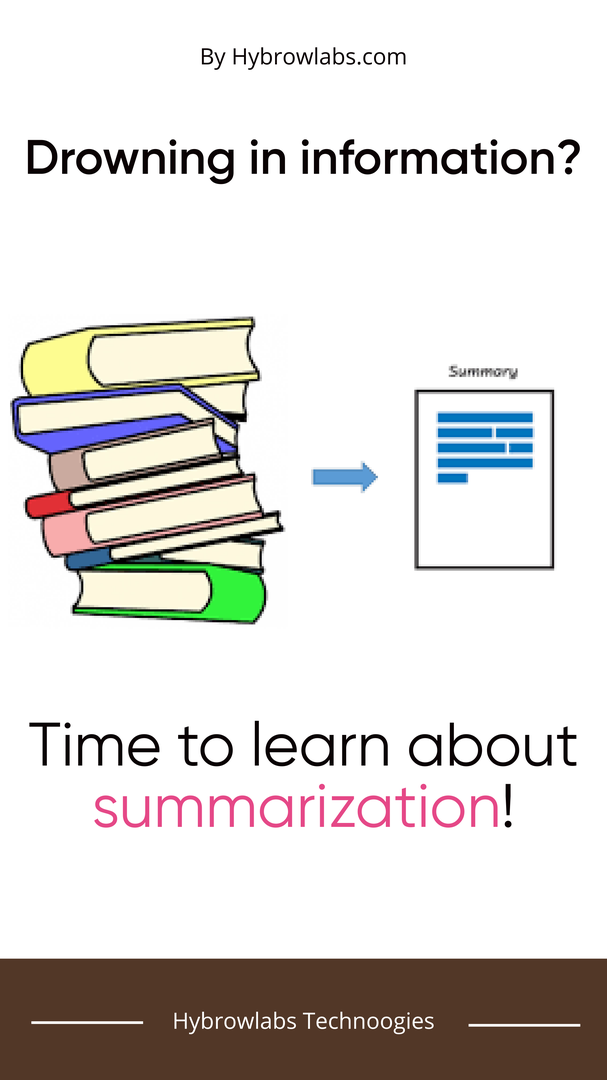
In today's fast-paced world, we are bombarded with information from various sources. This information overload can make it challenging to keep up with the latest news, research, and other essential information. This is where summarization comes in, allowing us to distill complex ideas into concise and easily understandable summaries. Fortunately, advancements in natural language processing (NLP) have made it possible to automate the summarization process with high accuracy. In this article, we will explore the definition of summarization, its importance, and how LangChain and GPT-3 can be used to simplify the summarization process. We will also provide a step-by-step guide to using LangChain and GPT-3 for summarization and share some tips for effective summarization.
Summarization: What it is and why is it important?

Summarization is the process of reducing a text to its essential elements while retaining its overall meaning. The goal of summarization is to provide readers with a concise and clear understanding of the main points and ideas of a larger text. Summarization can be done manually or automatically using software tools like LangChain and GPT-3.
Summarization is essential because it saves time and allows readers to quickly understand the essential information of a text. It is especially important in fields like journalism, law, and academia, where large amounts of information need to be processed quickly. Summarization also helps improve comprehension by breaking down complex ideas into easily understandable parts, making it easier to retain the information.
Meet LangChain and GPT-3: A Quick Introduction:-
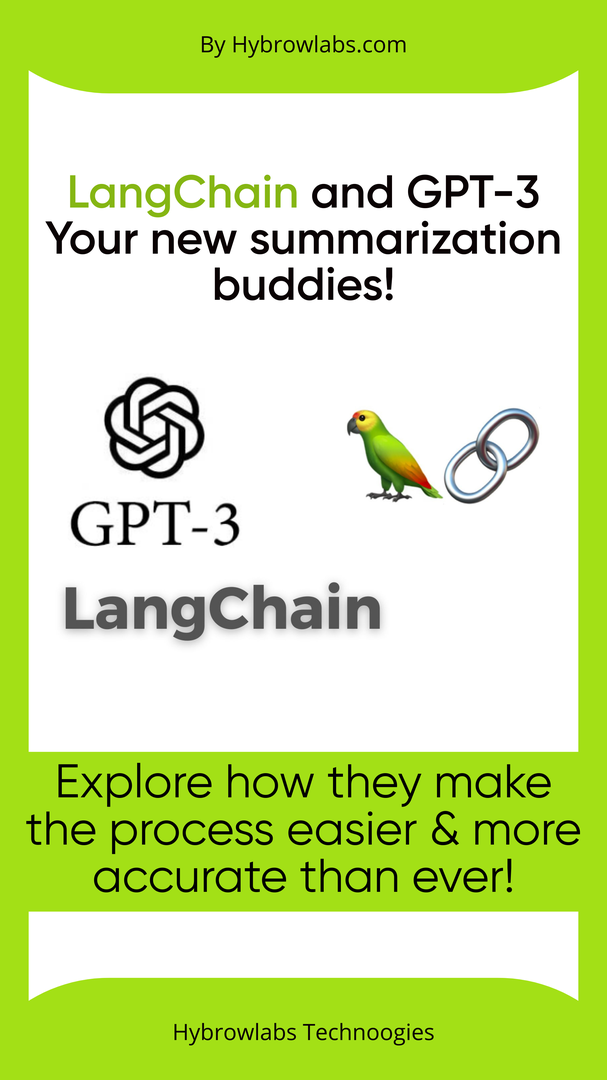
LangChain is a language technology platform that offers a wide range of natural language processing (NLP) services, including text summarization. It leverages GPT-3, a state-of-the-art language model developed by OpenAI, to generate high-quality summaries of any text.
GPT-3 is a machine learning-based language model that can understand and generate human-like language. It is capable of generating coherent and fluent text that closely resembles human speech, making it an ideal tool for summarization.
One of the primary advantages of using LangChain and GPT-3 for summarization is their ability to handle complex and technical language. They can summarize texts from various fields, including medicine, law, and science, with remarkable accuracy. Compared to other summarization tools, LangChain and GPT-3 offer a higher level of sophistication and customization. They allow users to fine-tune the summarization process according to their preferences and requirements, resulting in more precise and relevant summaries.
Summarization Made Easy: Your Step-by-Step Guide to Using LangChain and GPT-3:-

Now that we have introduced LangChain and GPT-3, let's take a look at how to use them for summarization. Here is a step-by-step guide that will help you get started:
Step 1: Signing up for LangChain and GPT-3:
The first step in using LangChain and GPT-3 for summarization is to sign up for an account. This can be done by visiting the LangChain website and creating a new account. Once you have created an account, you will need to sign up for GPT-3 as well. This can be done by visiting the OpenAI website and creating an account.
Step 2: Preparing the text for summarization:
To prepare the text for summarization, you should first determine the main ideas and key information that you want to include in the summary. You can then remove any unnecessary information, such as filler words or repetitive sentences, and organize the remaining text into smaller sections. This will make it easier for the system to analyze and summarize the text.
Step 3: Setting up LangChain and GPT-3 for summarization:
To set up LangChain and GPT-3 for summarization, you will need to connect LangChain to your GPT-3 account. You will also need to configure the summarization settings, such as the length of the summary and the level of detail required. LangChain provides several options for summarization, including extractive summarization, abstractive summarization, and hybrid summarization.
Step 4: Generating the summary:
To generate the summary, simply input the prepared text into the LangChain and GPT-3 system and initiate the summarization process. The system will use advanced natural language processing algorithms to analyze the text and generate a summary that captures the main ideas and key information. The length and level of detail of the summary will depend on the settings you configured in Step 3.
Step 5: Reviewing and refining the summary:
Once the summary has been generated, it is important to review and refine it as needed. This involves checking for accuracy, relevance, and coherence, as well as editing the summary to ensure it is concise and easy to read. You may also want to add your own style and tone to the summary to make it more engaging and interesting. Finally, it is important to ensure that the summary is free from errors and reflects the intended meaning of the original text.
Simplify Summarization in 3 Steps:
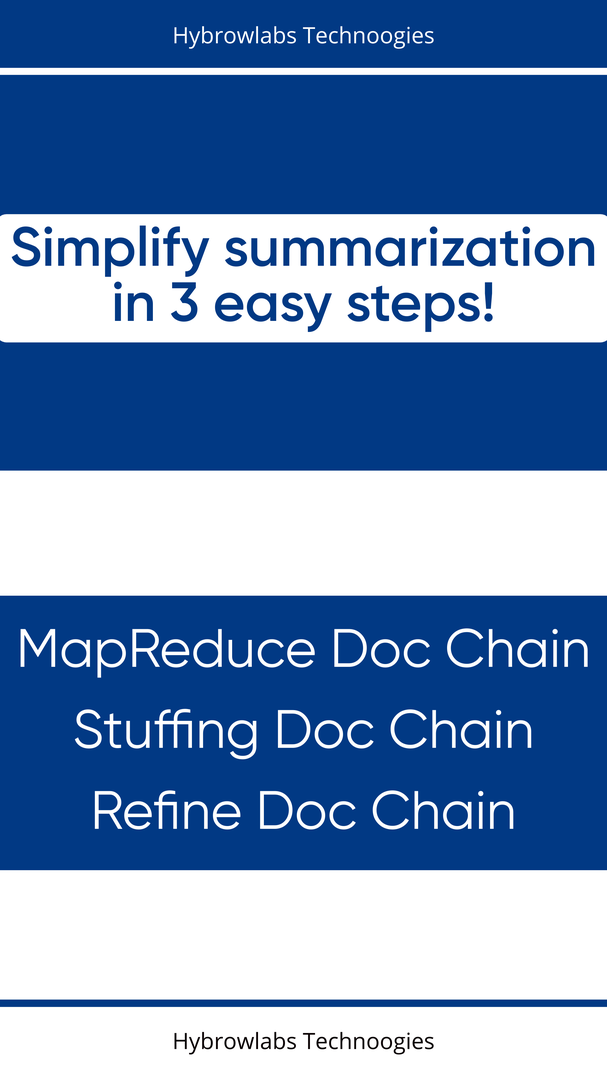
Summarizing with combine document chains involves breaking down the original text into smaller sections, summarizing each section separately, combining the summaries, adding more information as needed, and refining the summary to ensure accuracy and clarity. By following these steps, you can create a high-quality summary that effectively conveys the main ideas of the text.
1. Map Reduce Combine Document Chain:
The Map Reduce technique involves dividing the original document into smaller sections, summarizing each section separately, and then combining the summaries into one final summary. This allows for more efficient and accurate summarization, as it breaks down the document into manageable chunks. The Combine Document Chain step involves taking the separate summaries and combining them into a cohesive and comprehensive summary. This step helps ensure that all of the important information is included in the final summary.
2. Stuffing Combine Document Chain:
Stuffing involves adding more information to the summary to make it more complete and informative. This step may involve including additional details or examples to help clarify the main ideas of the text. By "stuffing" the summary with more information, it becomes more useful and valuable to readers.
3. Refine Combine Document Chain:
The final step in summarizing with combine document chains is to refine the summary to ensure it is accurate, clear, and engaging. This involves editing the summary for any errors, such as grammar or spelling mistakes, as well as making sure the summary effectively conveys the main ideas of the text. It's important to create an engaging and attractive summary by writing in a human-friendly tone and using simple and basic English. This will make the summary more approachable and enjoyable to read.
Master the Art of Summarization with LangChain and GPT-3: Top Tips and Tricks:-
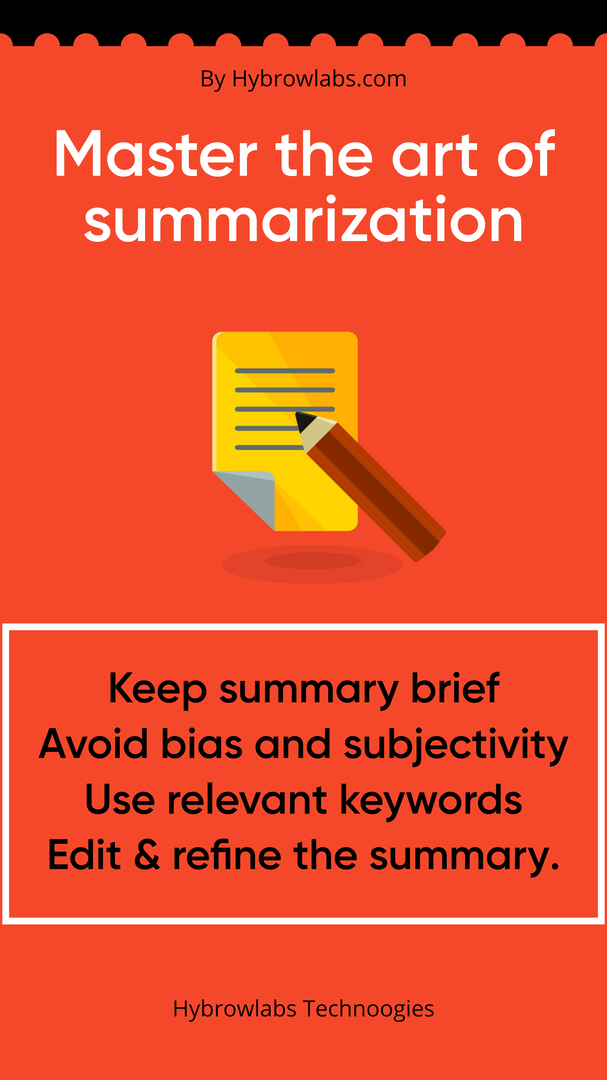
1. Keep the summary concise and relevant:
When summarizing a text, it's important to focus on the most important information and leave out any irrelevant details. This helps readers quickly understand the main idea of the text without getting bogged down in unnecessary information.
For example, if summarizing an article about a new product release, the summary should include information such as the name of the product, its main features, and its release date, while leaving out any background information or unrelated details.
2. Avoid bias and subjectivity:
When summarizing a text, it's important to present the information objectively and without any personal biases or opinions. This helps ensure that the summary accurately represents the original text and allows readers to form their own opinions.
For example, if summarizing a news article about a political event, the summary should present the facts of the event without any commentary on the political implications or personal opinions on the subject.
3. Use keywords and key phrases:
Identifying the most important keywords and phrases related to the topic you're summarizing can help you focus on the main ideas of the text and make the summary more informative.
For example, if summarizing an article about a new scientific study, the summary should include keywords such as the name of the study, the main findings, and any important implications.
4. Edit and refine the summary as needed:
After generating a summary with LangChain and GPT-3, it's important to read through it carefully and make any necessary edits to ensure it is accurate and clear. This includes checking for any spelling or grammatical errors and ensuring that the summary effectively conveys the main ideas of the text.
For example, if summarizing a long scientific paper, the summary should be refined to include only the most important information, such as the main hypothesis, the methods used, and the results obtained.
Streamline your summaries with Summarization Checker:
A summarization checker is a tool that can be used to evaluate the accuracy and relevance of a summary generated by an AI system, such as LangChain. The LangChain Summarization Checker, in particular, is designed to help reduce hallucination in the summarized output by providing feedback on the quality of the summary.
Here's how to use it:
By following these simple steps, you can create a summary that accurately represents the original text and effectively conveys the main ideas in a concise and engaging manner.
- Input the original text: Copy and paste the original text into the LangChain Summarization Checker.
- Generate the summary: Generate a summary using LangChain.
- Evaluate the summary: Review the summary provided by LangChain, and compare it to the original text. Use the Summarization Checker to evaluate the quality of the summary by looking for any inaccuracies, omissions, or irrelevant information.
- Refine the summary: Make any necessary edits to the summary to ensure it accurately represents the original text. Use the Summarization Checker to help guide your revisions and ensure that the summary is both accurate and relevant.
Benefits of Summarization Checker:
The Summarization Checker has several benefits, including:
- Improved accuracy
- Increased efficiency
- Consistency
- Feedback and guidance
Examples of Summarization Checker:
Some examples of Summarization Checker include:
- LangChain Summarization Checker
- TextSummarization.net
- Article Summarizer
Conclusion:
In conclusion, summarization is a powerful tool for quickly distilling complex ideas into easily understandable summaries. Thanks to advancements in natural language processing, summarization can now be automated with high accuracy, saving us time and making it easier to retain essential information. LangChain and GPT-3 are two tools that work together to provide a powerful solution for summarization, allowing users to generate high-quality summaries that capture the essence of the original text. By following our step-by-step guide and using our tips for effective summarization, you can take advantage of these tools to simplify the summarization process and make your work more efficient. If you need assistance with development services, consider Hybrowlabs Development Services. So why not give LangChain and GPT-3 a try and see how they can help you streamline your workflow today?
FAQs
1. What is GPT-3, and how does it relate to summarization?
GPT-3 is a language model that utilizes deep learning to produce human-like text. It can be used to generate summaries of long documents or articles.
2. How can I use LangChain and GPT-3 for summarization?
You can use LangChain and GPT-3 together by following the 3-step process of Map Reduce Combine Document Chain, Stuffing Combine Document Chain, and Refine Combine Document Chain. This will assist in producing high-quality summaries.
3. How accurate is summarization with LangChain and GPT-3?
Summarization with LangChain and GPT-3 can be highly accurate, depending on the complexity of the document being summarized and the level of refinement applied to the summary.
4. Is summarization with LangChain and GPT-3 suitable for all types of documents?
Summarization with LangChain and GPT-3 is best suited for longer documents, such as reports, articles, and research papers. It may not be suitable for shorter documents or those with limited information.



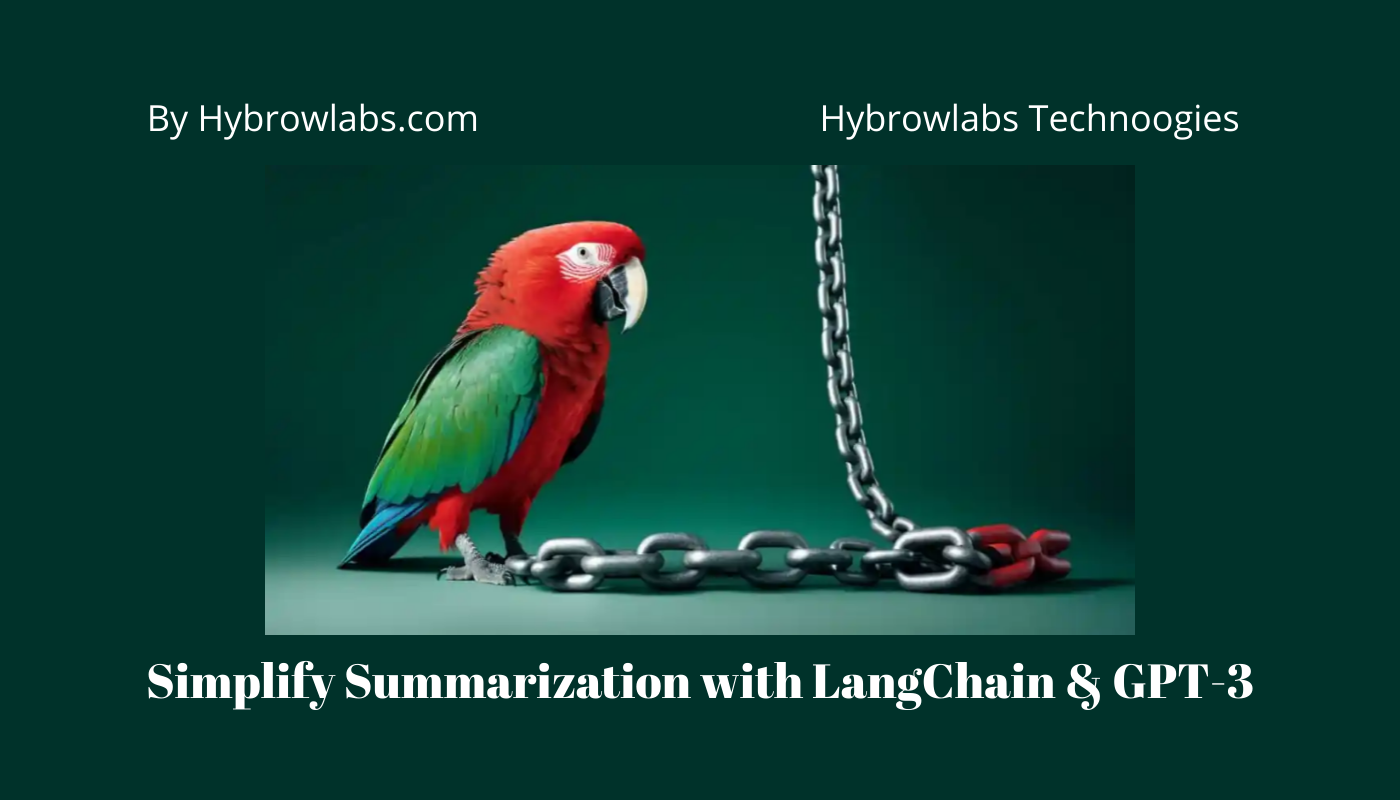


a3dc85.jpg)

.jpg)
fd8f11.png)


.jpg)
.jpg)